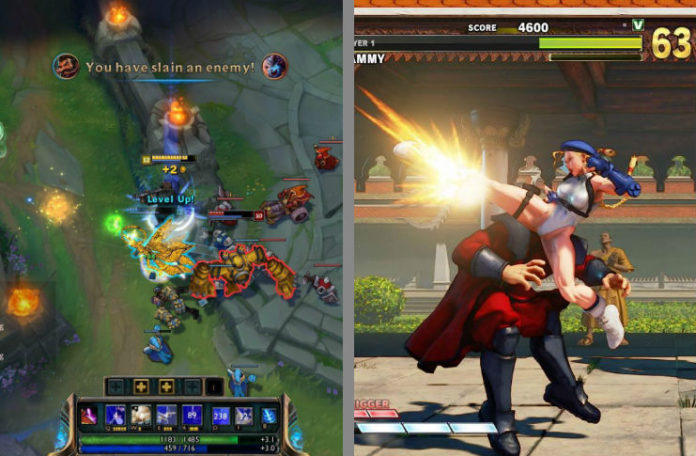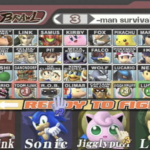If you’ve watched any tournament or livestream of a competitive video game, it’s not uncommon to hear the term “meta” being dropped pretty casually when you hear people discussing the game in question. However, if you’re a complete outside, this can sound like straight gobbledygook, and can leave you in the dust as to what’s being talked about. Fear not, for we have the breakdown of what “meta” is in reference to competitive gaming.
What Does Meta Mean?

Meta is the shorthand for “metagame” if that helps at all. If it doesn’t, metagame is a term used in games referring to any approach, tactics, or techniques that transcend the rules or limits of the game being played. By using external knowledge or moves to affect the outcome of the game being played, you would be engaging in a metagame. An example would be:
- In chess, Player A has noticed that Player B does X move every single time.
- Player A, with this knowledge, employs Y move, which counters and negates Player B’s X move.
- By winning the metagame, Player A is now in a great position to win the game of chess.
This is a general usage of the term in card and board games, but In video games specifically, the term will be used in a slightly different way.
What Does “Meta” Mean In Video Games?
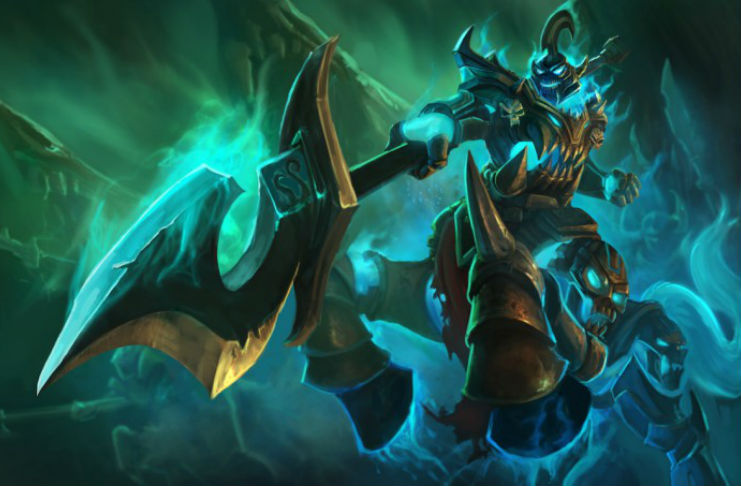
Meta in competitive gaming refers to the dominant and “optimal” way the game is played that is most likely to achieve victory. This is usually a combination of character choices, map selections, proper weapon and item usage, and the tactics employed during the game itself.
When watching competitive games, you’ll notice a connection between the meta and what is being played out in the game. In League of Legends, this can be a saturation of certain champions that are working well in the current state of the game, and in Street Fighter V, this can be seen in the abundance of characters that give players the most benefit in how the game is currently being played.
It’s important to note that these choices that players make in characters, maps, or weapons will always be in response to what is currently winning. For example, in Super Smash Bros. Melee, Team Liquid’s Hungrybox has been the #1 ranked player in the world using Jigglypuff, a strong character but definitely not the best in the game. However, the way Jiggylpuff plays in Melee is a much slower grind than the traditional top tiers such as Fox and Falco. On top of that, her Rest KO option, which can turn around the match in a second, requires players to constantly play on edge.
Because of this, you’ll see very defensive gameplay from people against Hungrybox in response to the defensive gameplay Jigglypuff has to employ. This can mean a lot of laser camping from Fox or slow, methodical swings from a Marth player.
The push and pull dynamic of any game’s meta will lean to new options and playstyles rising to the top, and even some old tactics getting recycled. The metagame is also a good way of discovering what parts of any particular game are too overpowered, in which case they “break” the meta.
What Is “Breaking The Meta?”
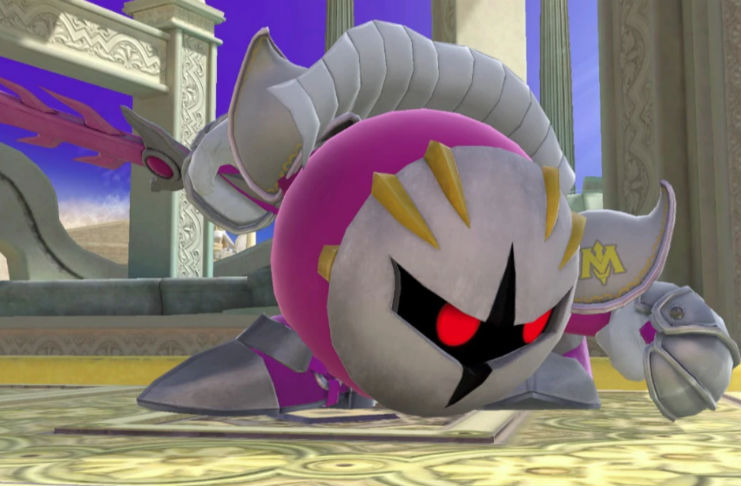
When you hear people claim something is “broken” or “game-breaking,” it is often referring to a character, playstyle, or tactic that completely nullifies the game’s meta or is so overpowered that there is no reasonable excuse to choose anything else if you want to win. Common examples of this would include Meta Knight in Super Smash Bros. Brawl and Akuma in Super Street Fighter II: Turbo. These are characters that have tools so far above everything else in the game, that to not pick them is statistically stupid.
Of course, those are the easy ones to point to when something is broken in a particular game, but discussions about game-breaking tactics or characters is often a prolonged, heated debate. Since the meta of any particular game is always evolving, how can we know something is truly broken, or if we just haven’t figured out the proper counterplay to it?
Ideally, to keep a competitive game healthy, you want to ban anything that overcentralizes the metagame, but you don’t want to go around banning every little thing because a wider spread of choices in a game will lead to more diverse, imaginative, and creative gameplay, which leads to a constantly changing and exciting meta. That end result is a long, healthy competitive game that is both fun to play and fun to watch.
But recognizing that there’s no right or wrong answer to “what is game-breaking” is important. In Super Smash Bros. for Wii U, the DLC character Bayonetta divided the community on whether she was too broken for competitive play. If you look purely at tournament results, it didn’t look like it (although you could make a better case in the last few months of the game’s life.) However, the way the character played was completely outside the box of the meta of Smash. She completely negated everything about neutral and punish game, and forced you to play by her rules. Was it flat out broken? Not necessarily, but her playstyle shifted the meta in such a way that the game’s health suffered. Just because something is not overpowered does not mean it is healthy for an optimal competitive setting.
What Does It Mean When The Meta “Evolves?”
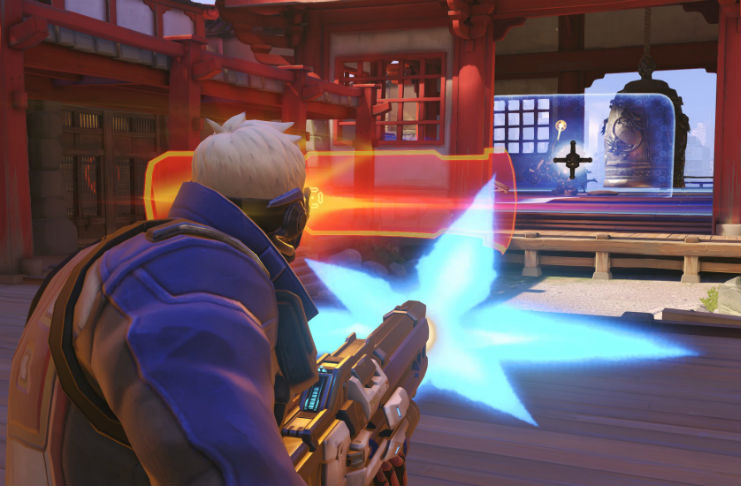
Whatever gameplan is currently considered the winning strategy, players will try and learn counterplay that can obliterate that strategy. People will then learn how to get around the counterplay, and this little tango is what leads to a metagame that is constantly evolving and always exciting. If sufficient counterplay or new strategies can’t be found, people will just employ the best tactic all the time, and it basically becomes a glorified coin flip or game of rock-paper-scissors.
Part of what makes the metagame so intriguing is the wrestling of what the optimal gameplan is, what counters said optimal gameplan, and the inbetween where neither side wants to show their hand. From the outside, it would seem so easy:
- What’s the winning combination?
- Master that combination.
- Never lose shit again.
But humans are beautifully imperfect, and that’s what leads to an exciting back and forth. A game’s meta relies on aspiring for perfection but never quite getting there.
Now that you know what meta is, you can revel in this inside knowledge, and maybe those livestreams will be slightly less confusing.


